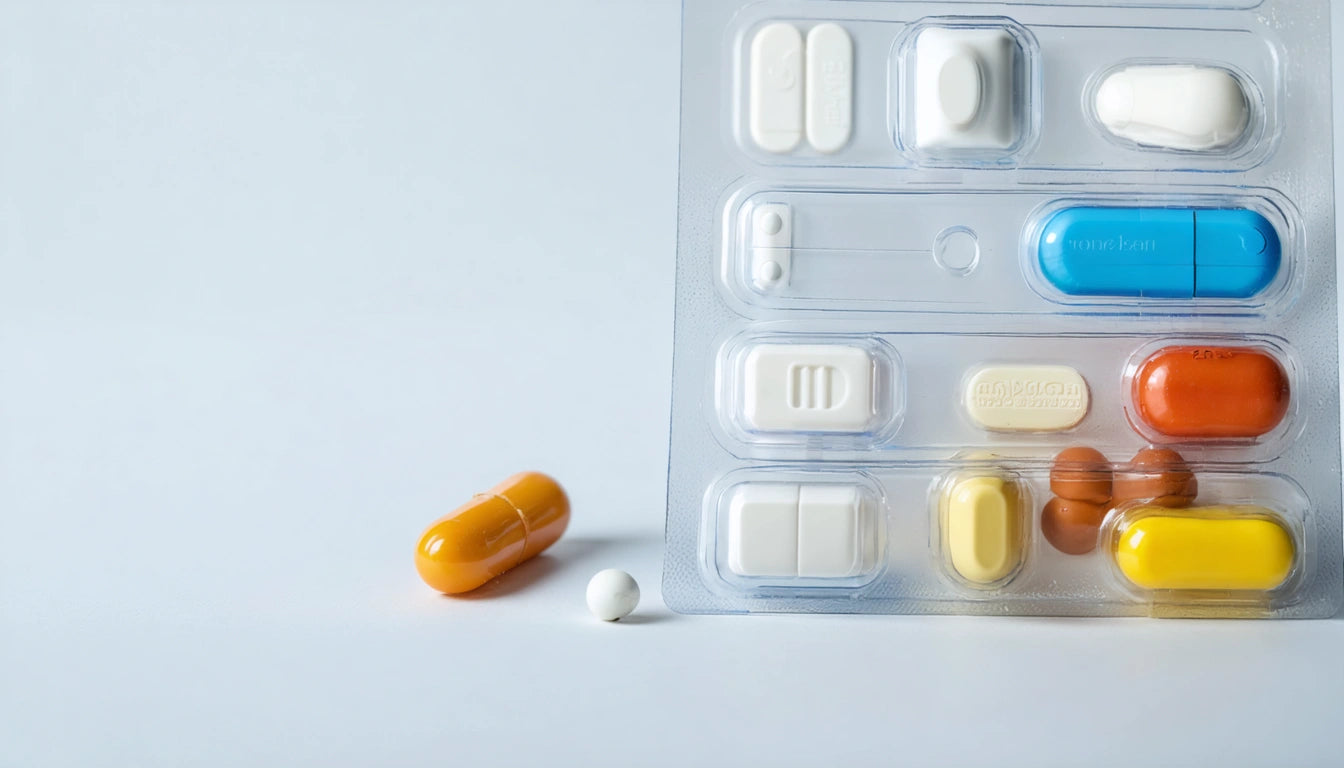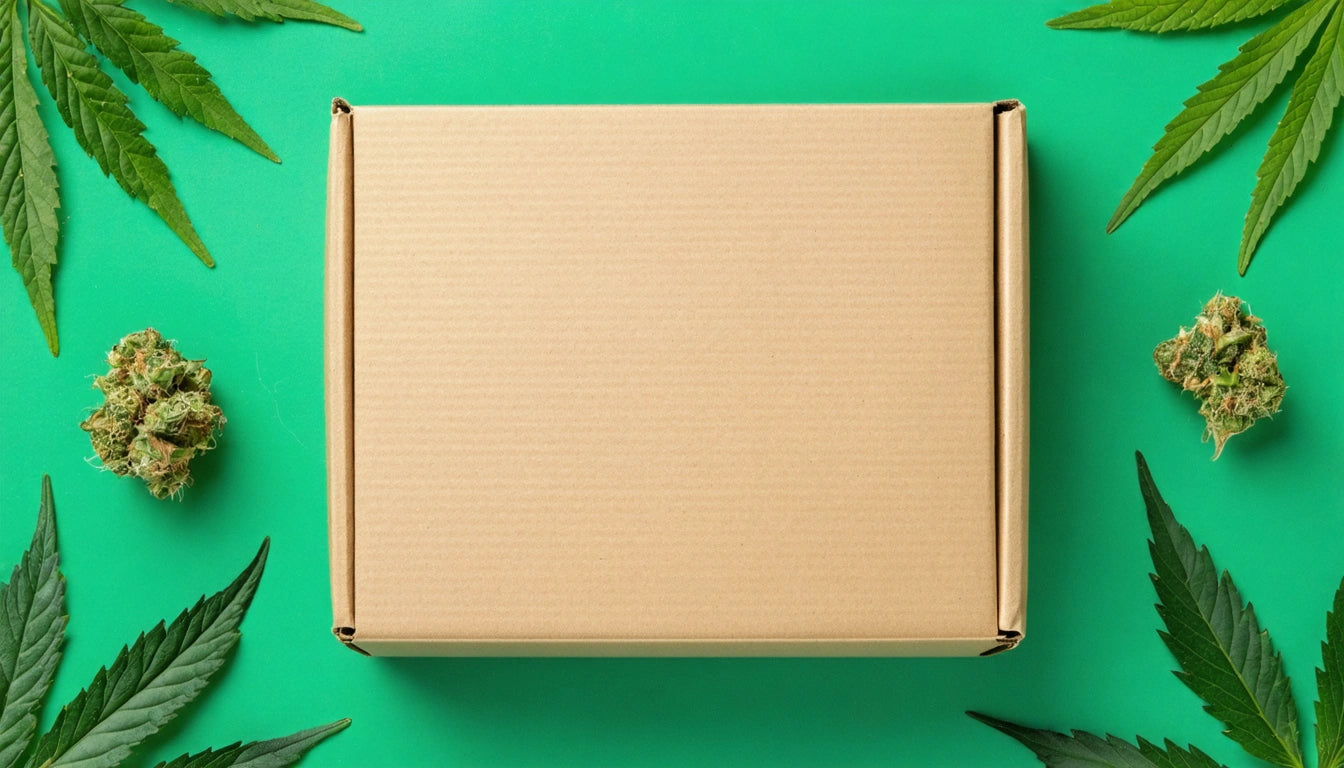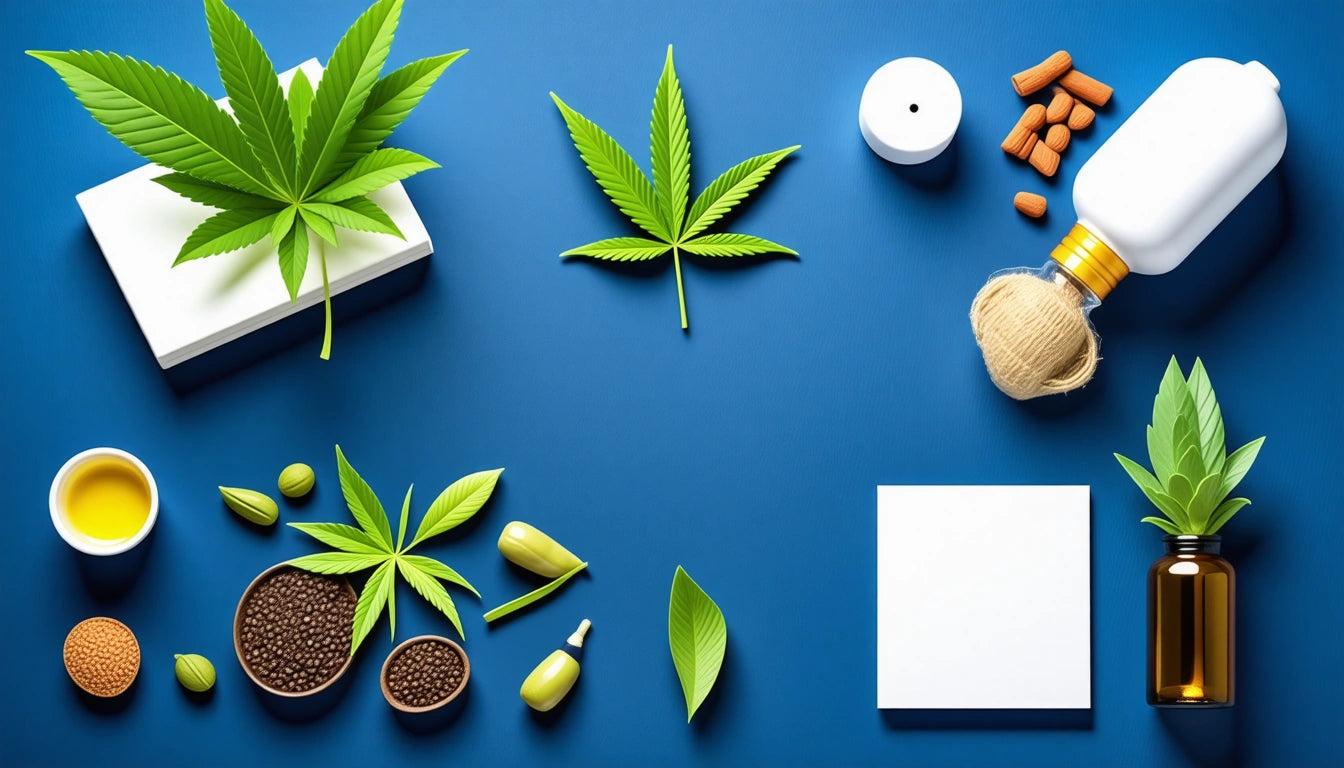Table of Contents
- What Is Blister Packaging: Definition and Purpose
- Types of Blister Packaging Solutions
- How Are Blisters Made: Manufacturing Process
- Materials Used in Blister Pack Production
- What Is a Blister Box: Combining Blister Packs with Cartons
- Industry Applications and Benefits
- Sustainability Innovations in Blister Packaging
Understanding Blister Packaging: What It Is and How It's Made
Blister packaging represents one of the most versatile and widely used packaging solutions across multiple industries. This distinctive packaging format features a pre-formed plastic cavity or pocket (the blister) sealed against a backing material, creating a secure and visible housing for products. Understanding what blister packaging is and how it's manufactured provides valuable insights for businesses seeking effective product protection and display solutions.
What Is Blister Packaging: Definition and Purpose
Blister packaging is a type of pre-formed packaging consisting of a plastic shell or cavity sealed to a backing card or foil. The primary purpose of this packaging style is to protect products from physical damage, contamination, and tampering while allowing consumers to visually inspect the contents. The term "blister" refers to the bubble-like protrusion that holds the product.
This packaging solution offers several key advantages:
- Product visibility while maintaining protection
- Tamper evidence for security
- Extended shelf life for sensitive items
- Portion control capabilities
- Organized presentation for multi-component products
According to our guide on consumer packaged goods, blister packaging remains popular because it balances protection with visual merchandising requirements.
Types of Blister Packaging Solutions
Face Seal Blisters
Face seal blisters feature a plastic cavity sealed to a card backing around the perimeter of the blister. This style is commonly used for lightweight consumer products and offers excellent visibility.
Full-Face Blisters
In full-face designs, the entire card is covered with plastic, with a raised portion to accommodate the product. This provides additional security and protection against tampering.
Clamshell Blisters
Clamshell blisters consist of two pieces of plastic hinged together, similar to a clam. As detailed in our clamshell packaging guide, these offer excellent product protection and can be designed with integrated locking mechanisms.
How Are Blisters Made: Manufacturing Process
Understanding how blisters are made involves several key manufacturing processes:
Thermoforming
The most common method for producing blister packaging is thermoforming. This process involves:
- Heating plastic sheet material until pliable
- Drawing the heated plastic into a mold using vacuum or pressure
- Cooling the plastic to retain the formed shape
- Trimming excess material to create the final blister cavity
Sealing Methods
Once formed, blisters are sealed to backing materials using various techniques:
- Heat sealing: Using heat and pressure to bond materials
- RF (radio frequency) sealing: Employing electromagnetic energy
- Adhesive sealing: Utilizing specialized adhesives for bonding
The choice of sealing method depends on the materials used and the required level of security. For products requiring additional safety features, specialized sealing technologies can be incorporated, similar to how child-resistant packaging components are designed to provide additional protection while maintaining accessibility for adults.
Materials Used in Blister Pack Production
Plastic Materials
Common plastic materials used in blister packaging include:
- PVC (Polyvinyl Chloride): Most common due to formability and clarity
- PETG (Polyethylene Terephthalate Glycol): Excellent clarity and recyclability
- PLA (Polylactic Acid): Biodegradable option for eco-friendly applications
- COC (Cyclic Olefin Copolymer): High moisture barrier for sensitive products
Backing Materials
The backing or lidding materials typically include:
- Aluminum foil: Provides excellent barrier properties
- Paper or cardboard: Offers printability for branding
- Plastic film: Creates a complete seal for certain applications
- Composite materials: Combines multiple materials for enhanced properties
According to our analysis of packaging costs and materials, the selection of appropriate materials significantly impacts both the functionality and cost of blister packaging solutions.
What Is a Blister Box: Combining Blister Packs with Cartons
A blister box represents a hybrid packaging solution that combines a blister pack with a printed carton or box. This approach offers several advantages:
- Enhanced branding opportunities through printed cartons
- Additional physical protection for the blister pack
- Space for detailed product information and instructions
- Improved stacking and display capabilities
Blister boxes are particularly common in pharmaceutical, electronics, and consumer goods industries where product information and brand presentation are as important as product protection.
Industry Applications and Benefits
Blister packaging serves diverse industries with specific applications:
Pharmaceutical Industry
In pharmaceuticals, blister packs provide unit-dose packaging that enhances medication safety and compliance. The tamper-evident nature of blisters also helps ensure product integrity.
Consumer Electronics
For electronics, blister packaging offers visibility while protecting sensitive components from static electricity and physical damage.
Food and Beverage
In food applications, blister packs provide portion control and extended shelf life by creating protective barriers against moisture and contaminants.
Retail Consumer Goods
For retail products, blister packaging prevents theft while showcasing the product's features and design. As highlighted in our guide to custom packaging and branding, effective visual presentation can significantly impact consumer purchasing decisions.
Sustainability Innovations in Blister Packaging
The packaging industry is responding to environmental concerns with sustainable innovations in blister packaging:
- Biodegradable and compostable blister materials
- Reduced material thickness without compromising strength
- Mono-material designs that enhance recyclability
- Paper-based alternatives to traditional plastic blisters
These advancements align with broader industry trends toward eco-friendly packaging solutions, as detailed in our exploration of sustainable packaging innovations. As consumer preferences continue to shift toward environmentally responsible options, blister packaging manufacturers are developing solutions that maintain functionality while reducing environmental impact.
Understanding what blister packaging is, how blister packs are manufactured, and what constitutes a blister box provides valuable knowledge for businesses seeking effective product protection and presentation solutions. By balancing protection, visibility, and increasingly, sustainability, blister packaging continues to evolve to meet the diverse needs of modern industries and consumers.











Leave a comment
All comments are moderated before being published.
This site is protected by hCaptcha and the hCaptcha Privacy Policy and Terms of Service apply.